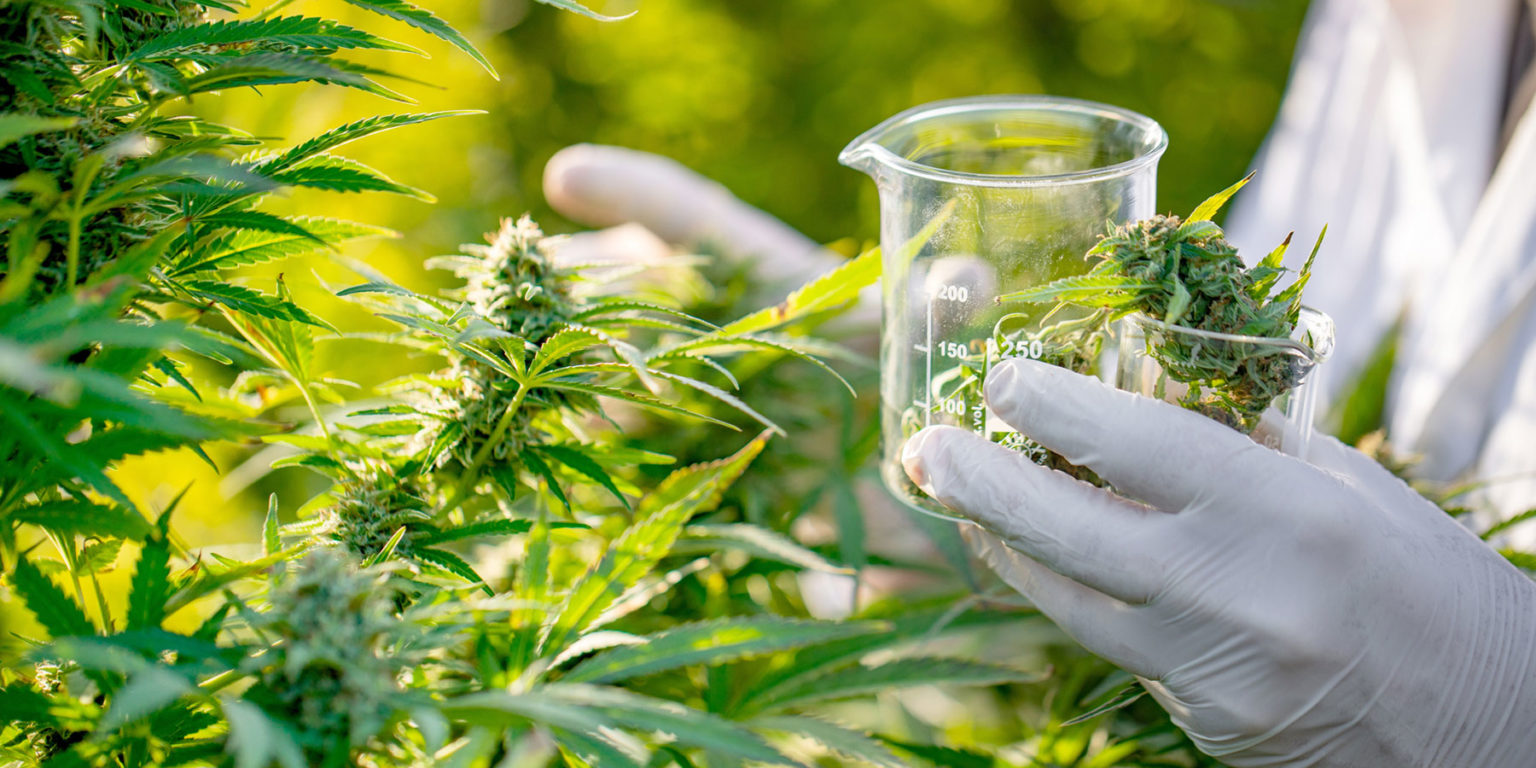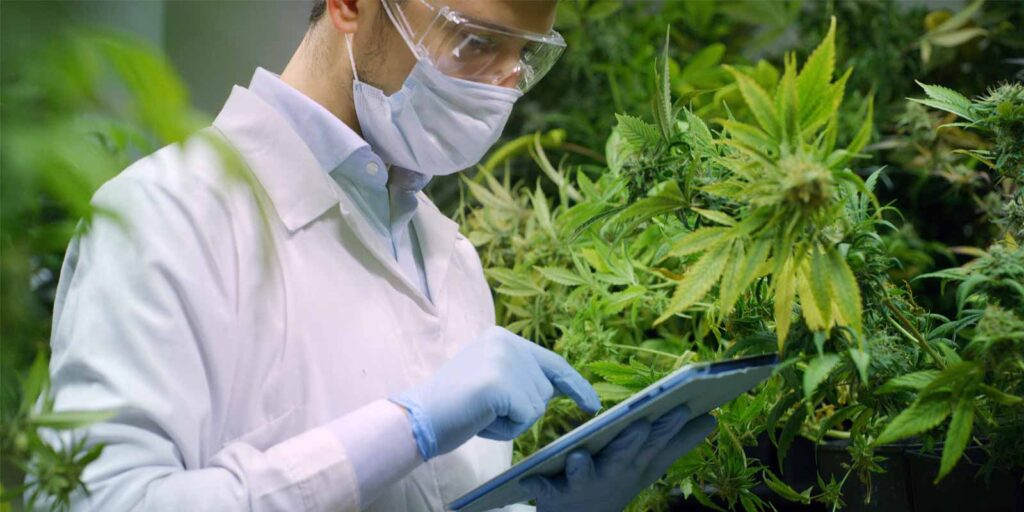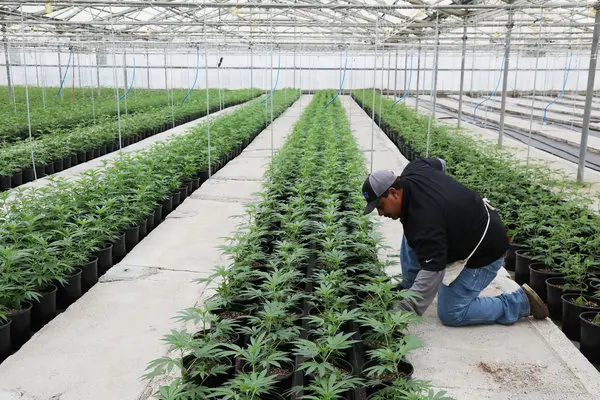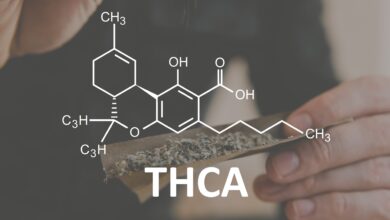Cannabis Compliance Testing: Safety vs. Quality

The growth in the popularity of cannabidiol or CBD products can confuse many who feel that CBD stands for marijuana or medical cannabis. The simplest explanation is that both medical cannabis and hemp or CBD-based compounds are derived from different cultivars of cannabis sativa plant species.
The psychoactive element that can define a strain as medical cannabis is tetrahydrocannabinol or THC. It is the element that causes the high after consuming marijuana and is the primary reason for being banned for several years till the laws were eased in the Farm bill of 2018. Potency is the main factor that initiates the compliance testing for cannabis.
The changes modified the legal classification of cannabis-derived products under the Controlled Substances Act and excluded hemp from the definition of contraband or controlled substance. Eventually, CBD products with less than 0.3% concentration of THC are hemp-based products, and anything above the statutory limit is considered medical or recreational cannabis which is not legally approved in all states. The states that allow or have eased the regulations for use of cannabis for medical or recreational purposes have stringent stipulations that need to be followed for possession or consumption of the product.
The 2018 Farm Bill modified the legal classification of marijuana under the Controlled Substances Act to exclude hemp. As a result, some CBD products created from hemp that had less than 0.3% THC were legal on a federal level. However, CBD products that contain more than 0.3% THC are still considered to be marijuana under federal law even though they are legal in some states.
Importance of cannabis testing

Although cannabis was used by many ancient civilizations across the world, it was banned between 1937 to 2018. The cannabis industry is young and expanding with high growth potential. The economic and sustainable benefits offered by hemp products are compulsive reasons to start using this plant as a source of fiber used in safe packaging solutions and breathable clothing lines.
With such exacerbated growth, the responsibility of the stakeholders to ensure that nothing takes precedence over the quality of the end product that is safe to use for humans, pets, and the planet rests with everyone concerned.
The federal agencies, cultivators or farmers, and entities manufacturing, sourcing, storing, moving, and marketing, have collective responsibility for the safe and responsible consumption of CBD-based hemp products. The roles that all stakeholders will play are difficult as the laws are changing and developing quickly in this sector.
Compliance requirements in cannabis testing
The cannabis industry is still in its infancy stage. As the sector grows there will be changes that will evolve that can change the course of the business to ensure standardization. To avoid any demerits and business losses, the cannabis industry stakeholders should rely on laboratories that operate with high levels of compliance.
-
Gold standards

It is recommended to rely on a lab that follows ISO 17025 accreditation guidelines for compliance in cannabis testing. As futuristic businesses, it is required to follow stringent compliance rules before they are enacted with a change in policy making in the future. This is a requirement in the cannabis industry as it is still not an easily tradable commodity and needs strict supervision and control in manufacture and use.
Discrepancies exist in the current scenario where there is no standard format that is followed universally in all states that have approved the use of medical cannabis. Even CBD-based hemp product testing requirements are not the same for all states. Till the legal framework changes, the industry can assume a conservative method for testing all the parameters that ensure the safety and quality of the products.
-
Safety standards
The end-product that comes out of a growers or manufactures unit has to be a safe product with high standards of quality that can be used without causing any side effects or long-term implications on the health of the person consuming it.
As weak regulatory action, the infancy stage of the industry, and numerous business incentives surround the market, there is a tendency to go partner with testing labs that offer favorable results. One has to understand that these practices are not ethical and there will be repercussions in time.
Safety of cannabis has to be established by moving ahead with a lab that is known for following standard and recommended procedures in testing the products for following parameters
- Potency
- Terpenes
- Mycotoxins
- Residual heavy metals
- Pesticides
-
Quality

The core basis of any quality management in laboratory testing is assuring the accuracy and precision of the readings by following standard procedure, using calibrated equipment, sourcing the sample, data population, and integration. There are only recommendation principles that float in this space as whitepapers, and there is no established standard for these. However, it is recommended to take a conservative approach and follow through with these parameters:
- Calibrated equipment used for testing
- Data retention and access for future use
- Data integrity to establish new reports distinction from old ones with proper referencing
-
Sample sourcing and prep
Preparing the samples for cannabis testing that is not standardized or sufficiently repeatable can create quality control issues. This is the reason cannabis testing sample sourcing and preparation are crucial steps. Since cannabis is a plant-based product, the issues that the food processing industry faces are something that will apply here as well. This is the QuEChERS which stands for quick, easy, cheap, rugged, and safe, and is recommended to be followed. However, the plant is the source of both cannabis marijuana, and hemp. Hence the potency of THC will change with the growth stage, and it is required to ensure that there is no free-floating marijuana in areas where it is not allowed.
Conclusion:
The cannabis industry is in the early stages, and state-level legalization will take time. Till then following GMP or good manufacturing practices and partnering for testing with laboratories that create and protect data integrity and protection standards can help the business. It is essential to preempt the future course of standards and start practicing them to establish brand integrity and reassurance to use the products based on their safety.




